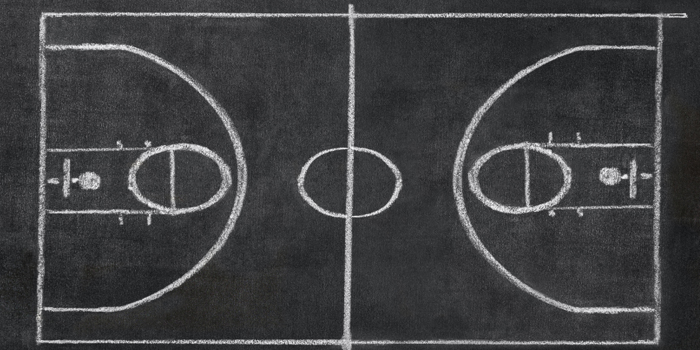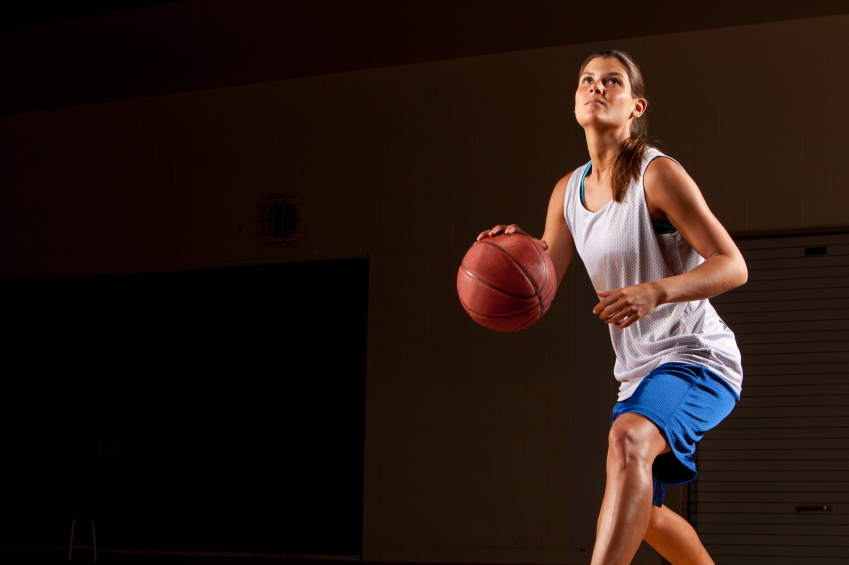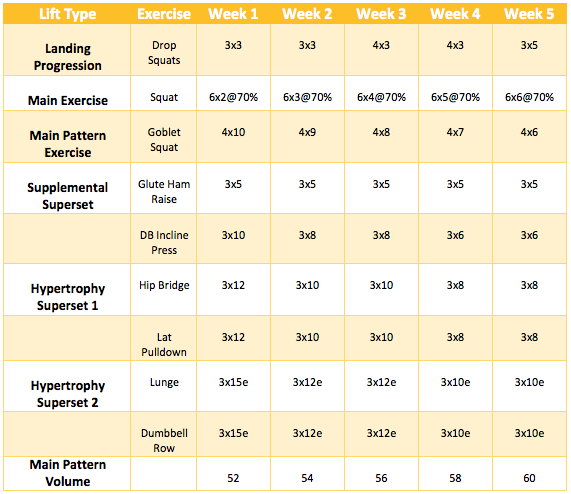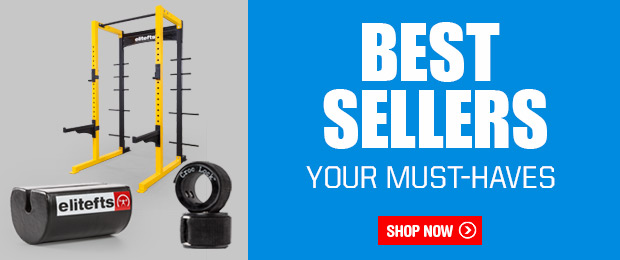
There are three key points that I am going to address in this article:
- Exercise selection for a population
- Main exercise progression for beginners
- Program Template for beginners
So let's jump right in at the start of a new year. You have your new athletes in the weight room and they are all ready to roll, except for one minor detail: you’ve never seen any of them touch a weight before. Now don’t get it twisted, there are surely many who have been in a weight room before, even a few who have actually trained correctly, but let’s be honest for a moment: most have no clue what they are doing. The closest to real strength and conditioning most of these guys have seen is watching Arnold talk on CNN about taxes in California.
How to Start
The first step in any program is figuring out:
- What specifics does the sport call for?
- What time frame do you have to teach?
- What exercises do you want to “nail”?
- What does the sport coach want?
These questions all have specific answers that will most likely be individual only to you and what your situation calls for. The first three questions you can figure out from the moment that you know you will be coaching the team. The last one you have no control of and most likely will change more times than you can count and frustrate you to no end.
RELATED: Keep It Simple, Stupid: Programming Collegiate Athletes
Let’s go ahead and answer the first three questions in totally hypothetical form.
What specifics does the sport call for?
For this example let’s say we are taking over a women’s basketball team. You have no clue what expect for the first off-season, so starting them all as beginners is the only way that you can cover all your basis while simultaneously covering your ass.
Nothing is worse than a coach taking over and team and showing you have no feel as to their training level, while making them sore enough to make a visit to the head coach’s office for a full on complaint session.
Now, even if you have never coached women’s basketball and it’s not something you’re completely interested in, there are a few things that, as a strength and conditioning professional, you should know.
- Female athletes are more prone to ACL tears.
- Basketball needs to provide lower body power and strength.
- At some point plyometrics, especially landing, will need to be trained.
- A solid base of upper body strength will be needed.
Although these are the bare minimum training points, sometimes that is all you have to start a program with.
What time frame do you have to teach?
If you are in a college setting then most likely you will have roughly four to five months of off-season training broken into who knows how many segments of breaks, exams, and other such nonsense. For this reason, I would recommend not worrying about programming deload weeks for beginners since their schedule will ultimately do that for you. You also have been given three days a week to work with them.
What exercises do you want to “nail”?
Now that you have created your list of training points and have a time frame scheduled, let’s get together some exercises that are important in addressing these. Obviously these will be different for each coach and that really is where personal programming comes into play. Here is my list:
- Squat
- Deadlift
- Bench Press
- Push Press
These lifts seem very basic and are exactly that for one reason: they can be taught easily and will address the problems that I see with the sport that I am working with.
“But what about the whole plyometric and landing thing that you named? Why don’t you put a clean or a snatch, or even a push jerk in there?”
You may be asking this question and no doubt you have good reason to. Olympic lifts are great and their transfer to sport have been shown in studies, but if I’m taking over a team I’ve never trained my main focus is building strength and power through exercises I know they can learn quickly. I want them to be able to progress even when they work out on spring break at the local YMCA.
The jumping and landing will be taken care of by just that: jumping and landing. This will just be controlled in the weight room and progressed. This is for another article.
Let’s Program It Baby!
There are many different ways to program, and all may be as effective. For me, it always starts with placing the most important exercise for the sport first and go down the ladder of importance as the workout plays out.
For me the ranking set ups like this:
- Jumping/Landings
- Main Strength Movement
- Main Strength Pattern
- Main Strength Supplement
- Hypertrophy
Number two and four may be confusing now but will make sense in just a moment.
RECENT: 'Because Of' or 'In Spite Of': The Modes of Sport Preparatory Strategies
Now that we have our exercise order, the main problem we have is in the actual programming of our volume. When teaching large groups how to properly perform an exercise the best thing is repetition, but how we program the sets and reps can be changed.
When programming for beginners I want to make sure that I can have the most bang for my buck in both weight handled and reps performed, while always trying to work on technique. In most cases, programs start with 3 sets of 10-15, sometimes even 20, and work in a linear fashion over the next 10-15 weeks so that the athlete is using their old max for sets of 3 or maybe 5. Even in an elite lifter handling lighter weights, you will probably see some type of breakdown in form as a set of 20 goes on. In beginner athletes I never want to see this. My suggested progression looks a bit different than a standard 3x10-15.
Suggested 15-Week Main Lift Progression:
This, of course, should be started after a two-to-three week orientation phase where you introduce the movements and get the athletes comfortable with them.
The progression above allows for each athlete to constantly stay above 70% (the magical strength percentage) while ending week 15 performing 6 sets with weight that would equal their starting maximal relative intensity. In dealing with a beginner, you may not (read: probably should not) perform a 1RM test.
“Wait, so you give me percentages but I shouldn’t test them?”
Yes, I know that this seems counterintuitive, but stick with me. If you have read enough rep-max charts you will know that 70% of a theoretical 1RM is somewhere between a 10-12RM. I would suggest starting the athlete in Week 1 with whatever weight you think he could handle for an all-out 12 rep set. By now you see what I’m doing here: 12 reps/6 sets = 2 reps per set. Don’t worry about it being too light; that’s the point. A way to continually progress safely is the key.
By programming the main lift this way, not only will you be able to have more reps with “perfect” form but also end up with a much denser overall training program. Extra repetitions of the main lift pattern will be attained by placing a similar exercise after our main exercise sets. These will have to fluctuate throughout the cycle to make up for the changing volume. A sample day looks like this:
If you notice, during the first six weeks the volume of the main pattern (squat) rises eight total reps. The accessory exercises also decrease in volume, with exception of the GHR, to make up for the increase in main exercise volume. This cycle will repeat three times, with the accessory movements changing each five week cycle.
I hope that I have given you a different tool for beginners or at least sparked some new ideas. Let me know what you think or if you have a way to improve this system!
Currently in his third year as a Strength & Conditioning Coach for the Pittsburgh Pirates organization after assisting at The Ohio State University with multiple sports. Previous to working with the Buckeyes, Cory was a Graduate Assistant of Strength & Conditioning at the University of Central Oklahoma where he assisted with all fourteen varsity sports and completed his M.S. in Exercise Science. Cory has a playing background in baseball at Radford University where he received a B.S. in Sports Medicine.













1 Comment